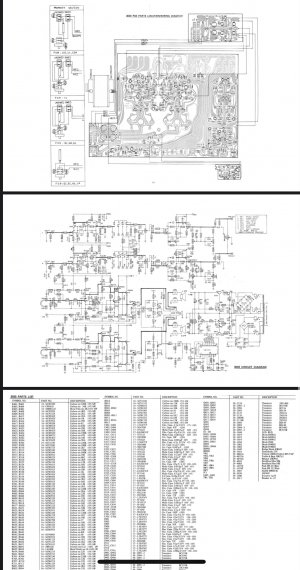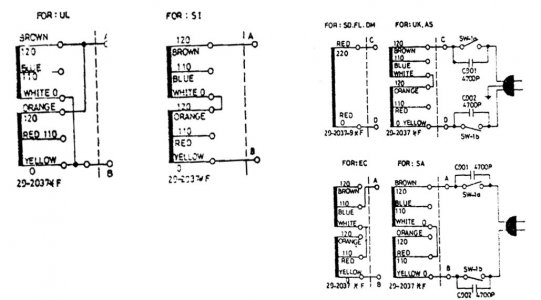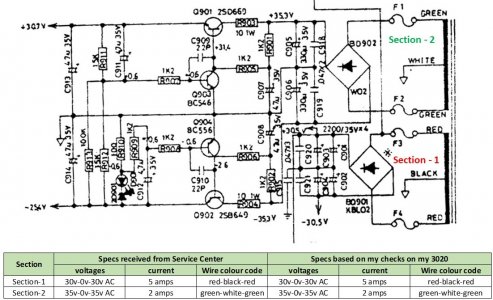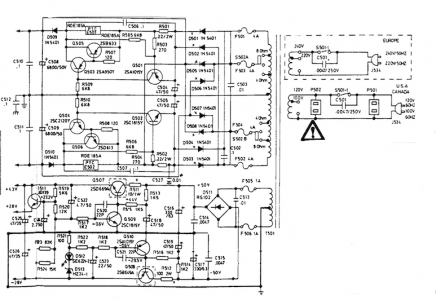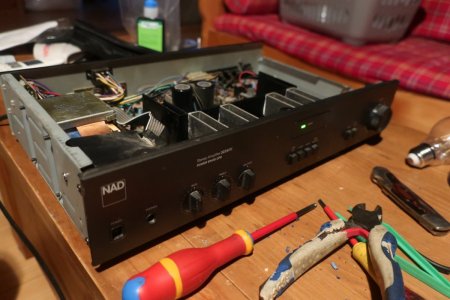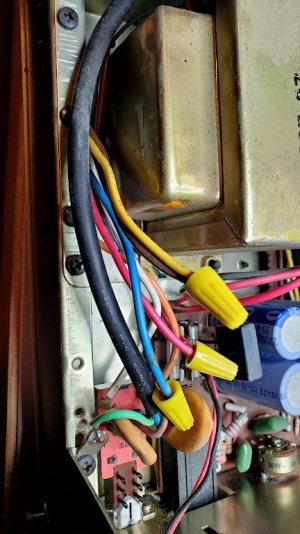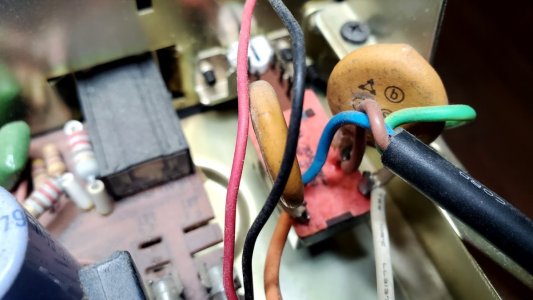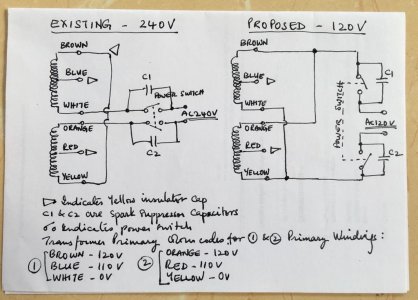Hello There,
I’m a diagnosed 3020 nutcase and collect silver face and Series 20 gear. Several of my collection have blown/fried transformers and I was discussing this with a company supplier in China who thinks they could do a small run (100 units - 50 at 110v and 50 at 220-240v). If it were possible (and vaguely affordable) I would cover cost and set up some way of getting them to other 3020 die hards.
I’m aware the early models had a bottom chassis mount whereas later were attached to rear of chassis, however does anyone know if the outputs were the same?
I need to supply them the power and output values of the transformer- can anyone help me with a written list from the schematic, which I’m hopeless at reading?
Thank you.
I’m a diagnosed 3020 nutcase and collect silver face and Series 20 gear. Several of my collection have blown/fried transformers and I was discussing this with a company supplier in China who thinks they could do a small run (100 units - 50 at 110v and 50 at 220-240v). If it were possible (and vaguely affordable) I would cover cost and set up some way of getting them to other 3020 die hards.
I’m aware the early models had a bottom chassis mount whereas later were attached to rear of chassis, however does anyone know if the outputs were the same?
I need to supply them the power and output values of the transformer- can anyone help me with a written list from the schematic, which I’m hopeless at reading?
Thank you.


